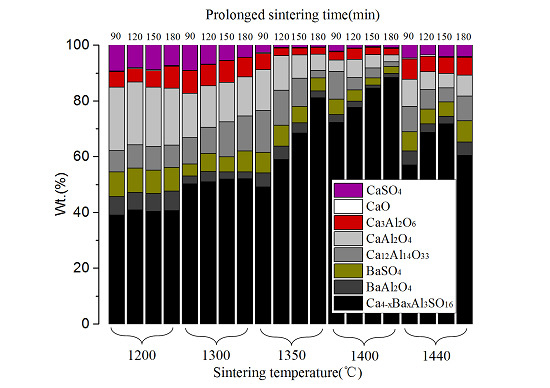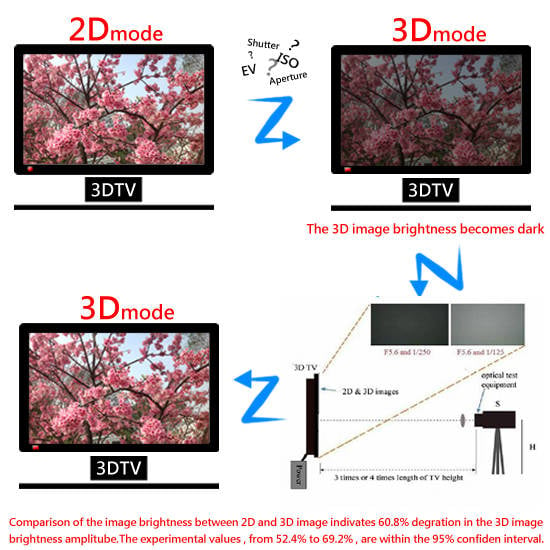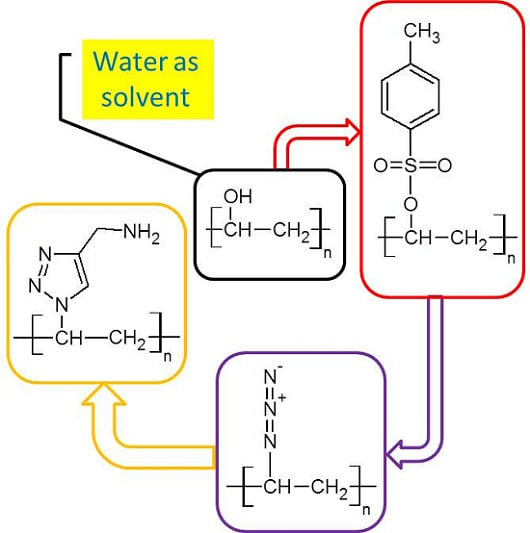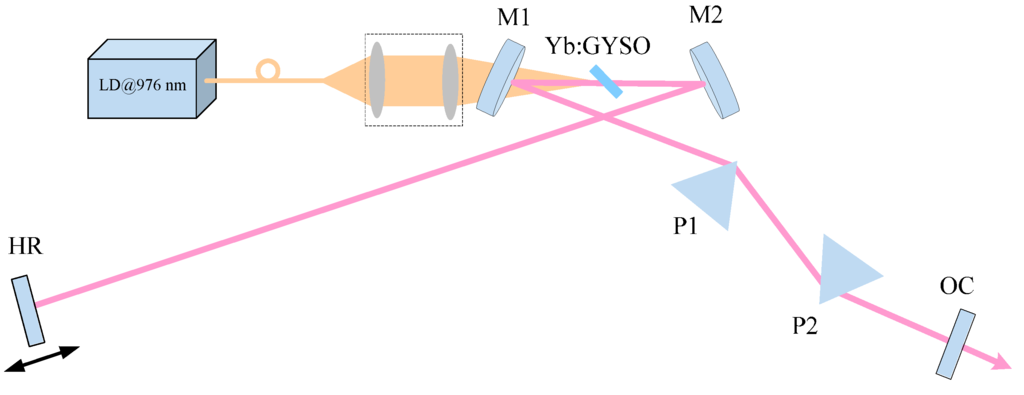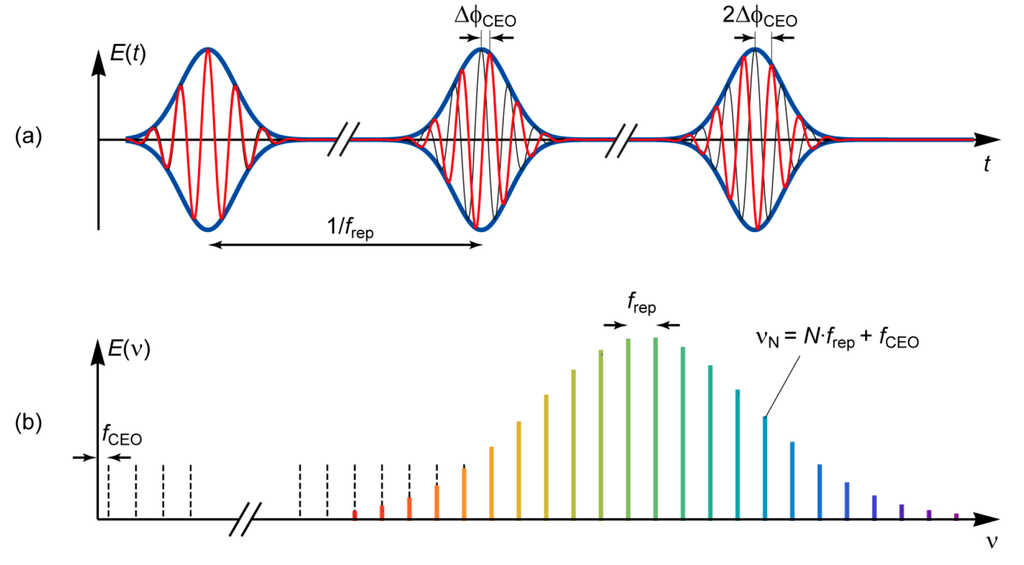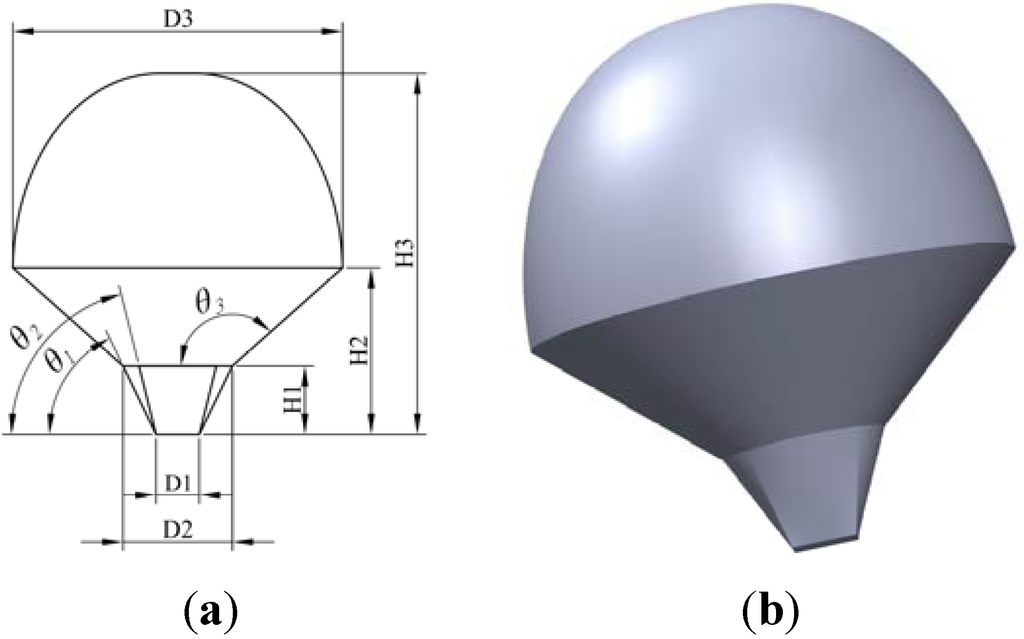School of Mathematics and Statistics, Central South University, Changsha 410083, China
Appl. Sci. 2015, 5(4), 998-1015; https://doi.org/10.3390/app5040998 - 3 Nov 2015
Cited by 9 | Viewed by 4668
Abstract
In multi-criteria group decision-making (MCGDM), one of the most important problems is to determine the weights of criteria and experts. This paper intends to present two Min-Max models to optimize the point estimates of the weights. Since each expert generally possesses a uniform
[...] Read more.
In multi-criteria group decision-making (MCGDM), one of the most important problems is to determine the weights of criteria and experts. This paper intends to present two Min-Max models to optimize the point estimates of the weights. Since each expert generally possesses a uniform viewpoint on the importance (weighted value) of each criterion when he/she needs to rank the alternatives, the objective function in the first model is to minimize the maximum variation between the actual score vector and the ideal one for all the alternatives such that the optimal weights of criteria are consistent in ranking all the alternatives for the same expert. The second model is designed to optimize the weights of experts such that the obtained overall evaluation for each alternative can collect the perspectives of the experts as many as possible. Thus, the objective function in the second model is to minimize the maximum variation between the actual vector of evaluations and the ideal one for all the experts, such that the optimal weights can reduce the difference among the experts in evaluating the same alternative. For the constructed Min-Max models, another focus in this paper is on the development of an efficient algorithm for the optimal weights. Some applications are employed to show the significance of the models and algorithm. From the numerical results, it is clear that the developed Min-Max models more effectively solve the MCGDM problems including the ones with incomplete score matrices, compared with the methods available in the literature. Specifically, by the proposed method, (1) the evaluation uniformity of each expert on the same criteria is guaranteed; (2) The overall evaluation for each alternative can collect the judgements of the experts as many as possible; (3) The highest discrimination degree of the alternatives is obtained.
Full article
